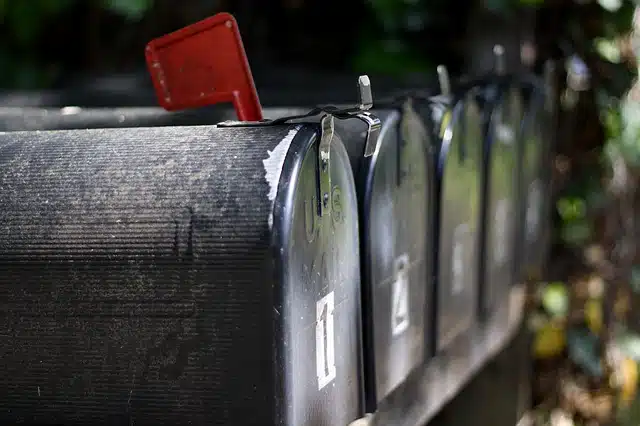Dear Yankee | March 2018
Point and Counterpoint In your article “Rising Seas” [March/April], professor John Anderson of College of the Atlantic refers to an assumed sea level rise of six feet by the end of the century. This is based on some “model.” A six-foot rise means that all of lower Manhattan in New York and Fenway Park in […]

Coffee By Design | Portland, Maine
Photo Credit : Katherine KeenanPoint and Counterpoint
In your article “Rising Seas” [March/April], professor John Anderson of College of the Atlantic refers to an assumed sea level rise of six feet by the end of the century. This is based on some “model.” A six-foot rise means that all of lower Manhattan in New York and Fenway Park in Boston would be underwater. Conversely, using the fairly stable present rise of three millimeters per year, the amount of rise by 2100 would be 9.7 inches, not six feet.
Adam Whelchel, Connecticut Nature Conservancy scientist, chimes in and talks about the day when Connecticut’s coast will become a series of archipelagos: Fairfield Island, Westport Island, Branford Island, Griswold Point. (Talk about scare tactics.) For that to happen, sea levels would have to rise six times as fast as the present three millimeters per year, on average.
Of course the outlandish forecasts are the ones that grab the headlines and get published in otherwise serious magazines. Shame on Yankee.
Jim Macdonald South Windsor, Connecticut
A truly superb March/April issue on our rising seas and on both the challenges and advances with our future stewardship of the New England environment. I was reminded immediately of Martin Ince’s small book Rising Seas, published 28 years ago.
One of our most enduring challenges in addressing human-mediated changes to both land and sea is the lag time—often decades long—between identifying a problem and beginning to take real, effective action. Thanks for this special report at a time when it could not be more important.
James T. Carlton Professor of Marine Sciences Emeritus Williams College Mystic, Connecticut
Working Memory
Ben Hewitt’s article “Back Ta Willey’s” [March/April] delightfully stirred up recollections of my summertime employment at Willey’s Store as a young teen in the mid-1940s. My tasks varied from day to day: getting whole pickles out of the barrel of brine, pumping gas, working the soda fountain, ringing up sales on hand-cranked cash registers, carrying paper bags of groceries out to customers’ vehicles.
My grandpa gave me a pearl of wisdom when I started work at Willey’s: “Always find something to do—don’t wait to be told what to do.” That became a guide for the rest of my life. Thank you for the memories.
Dana K. Kelly Winter Garden, Florida
Write us! Send your comments to: editor@yankeemagazine.com. Please include where you reside. Letters may be edited for length and clarity.




